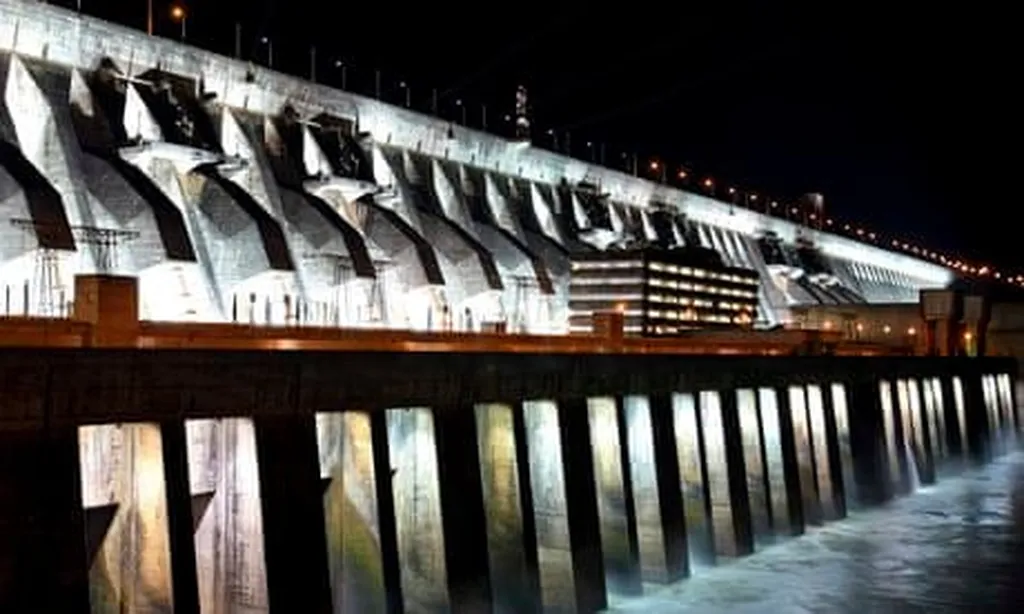In the high-stakes world of construction, where every project is a balancing act between progress and safety, a recent study has shed new light on the risks inherent in bridge replacement projects. Risma Khoiri, a researcher from Universitas Nahdlatul Ulama Blitar, has delved into the occupational health and safety (K3) risks associated with these complex endeavors, offering insights that could reshape how the industry approaches risk management.
Khoiri’s research, published in the *Journal Innovation of Civil Engineering* (translated from Indonesian), focuses on the application of two critical methods: HIRADC (Hazard Identification, Risk Assessment, and Determining Control) and JSA (Job Safety Analysis). These tools are employed to identify, evaluate, and mitigate risks in bridge replacement projects, ensuring that safety remains at the forefront of every decision.
“Construction work is one of the jobs that has a big risk, including the construction of bridges,” Khoiri explains. Her study reveals that bridge replacement projects are fraught with various types of risks, ranging from medium to high levels of severity. By leveraging the HIRADC and JSA methods, Khoiri was able to pinpoint specific jobs within these projects that demand heightened attention and control measures.
The findings underscore the importance of individual fall arrest devices and work protective equipment (APK) in mitigating risks. Khoiri’s research highlights that while current safety measures are generally effective, there is always room for improvement. “To further improve efforts to prevent work accidents, there are recommendations to pay attention to several things,” she notes, emphasizing the need for continuous monitoring and evaluation of risk control measures.
One of the key recommendations from Khoiri’s study is the thorough inspection of non-permanent anchors before use. Ensuring the strength and reliability of these anchors is crucial for the safety of workers and the success of the project. Additionally, Khoiri stresses the importance of fostering a strong awareness and understanding of risk control measures among workers. This proactive approach can significantly reduce the likelihood of accidents and enhance overall project safety.
The implications of Khoiri’s research extend beyond the immediate scope of bridge replacement projects. In the broader energy sector, where infrastructure development is a cornerstone of progress, understanding and mitigating risks is paramount. As the industry continues to evolve, the insights gleaned from this study can inform better safety protocols and practices, ultimately leading to more efficient and secure project execution.
Khoiri’s work serves as a reminder that in the pursuit of progress, safety must never be compromised. By embracing innovative risk management strategies, the construction industry can build a safer future for all. As the energy sector continues to expand, the lessons learned from this research will be invaluable in shaping the next generation of infrastructure projects.

